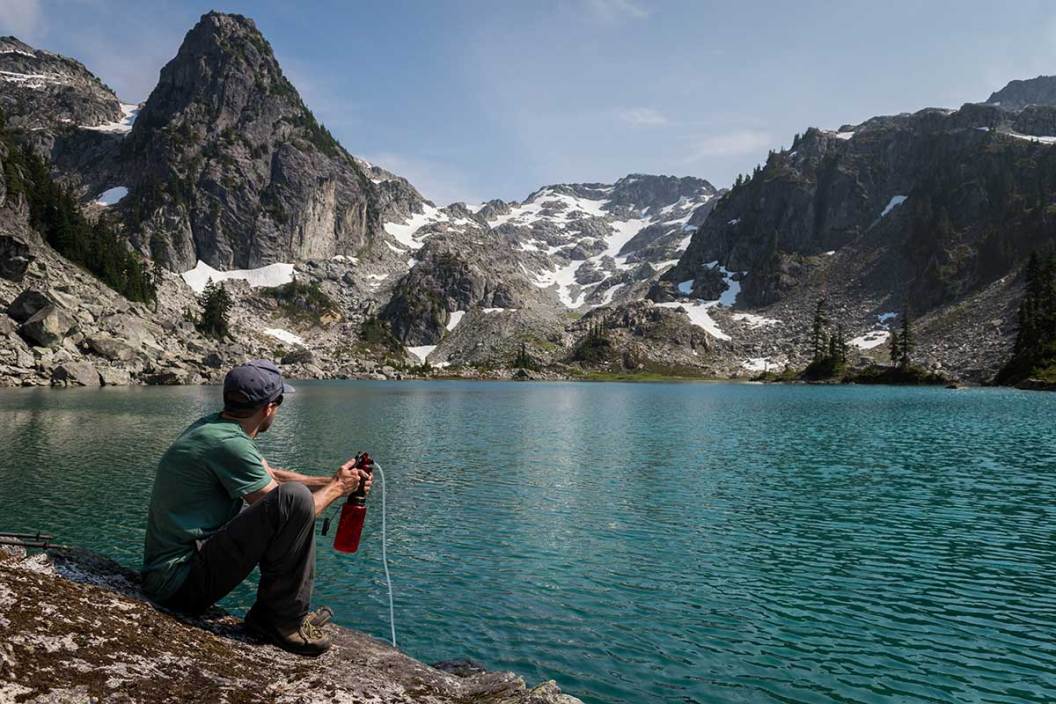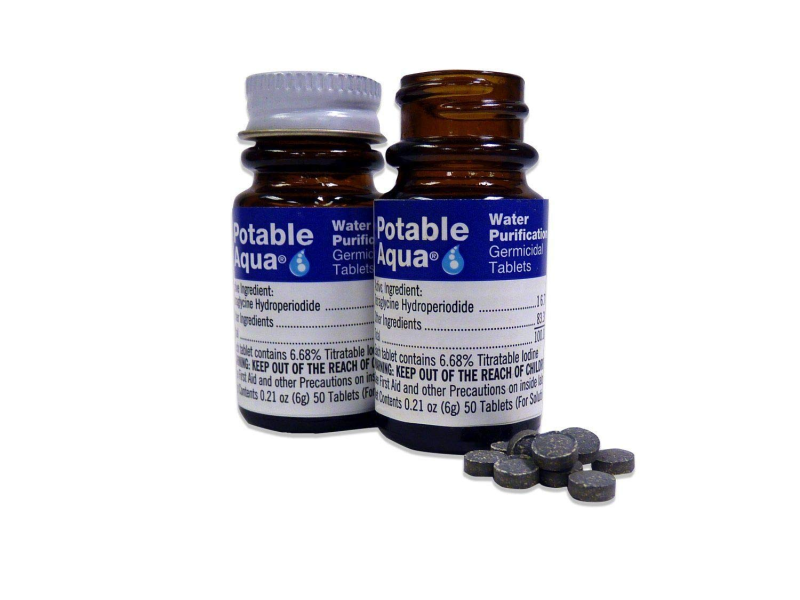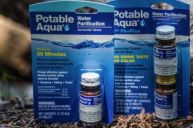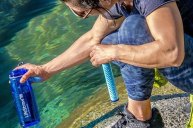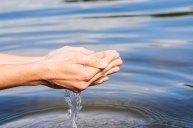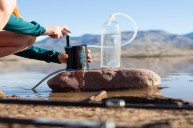While prepping, foraging, and homesteading are some of our favorite subjects, one thing that makes sense across the board is to have a supply of drinking water we can rely on. Depending on your situation, water may be readily available—or, in some cases, almost non-existent. In situations where you can use creeks, streams, rivers, ponds, or lakes, we'll look at several ways to "clean" it for consumption. If you're collecting rain, ice, snow, or hail that has come straight down from the sky (without passing through anything), you should be able to drink it immediately in most circumstances. Still, there are other ways to get safe drinking water, and the techniques and processes rank high on the list of survival knowledge needs. Here are five main ones, and how they might play into your scenario.
1. Boiling
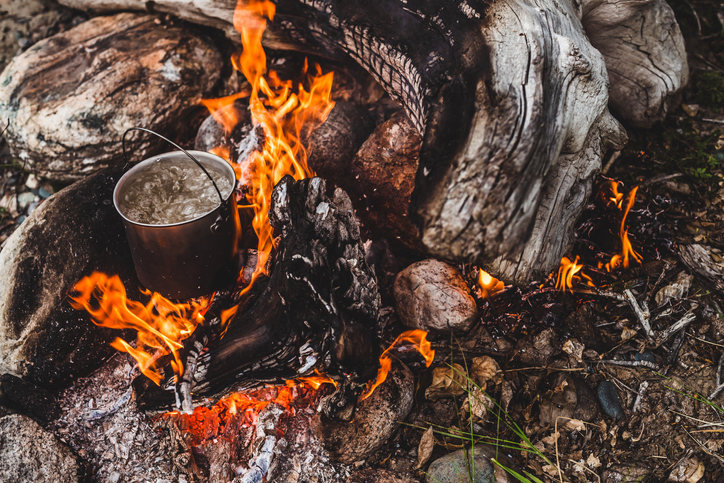
Boiling is the simplest way to create safe drinking water from a source, such as straight from the lake or pond, by killing any living organisms including bacteria and parasites. At least seven to 10 minutes of a rolling boil will perform this task very well, but you may still want to strain the water for common debris such as aquatic vegetation, insects, or other things that can be found in living water.
Boiling can be done over the campfire or with a camp stove and in any decent container that is firesafe. Boiling is easily the most recognizable way to make iffy water safe, but just be sure to do it in a safe vessel.
2. Distillation
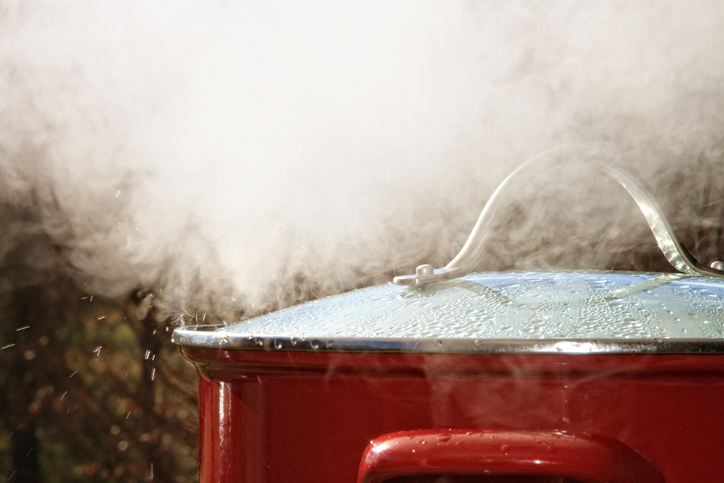
Sometimes boiling isn't enough to make some water sources safe for consumption. In the case of saltwater, or water laden with heavy metals or other contaminants, the water can be boiled, but the steam must then be captured safely. Distillation will not remove all contamination, such as some organic compounds, but most of the other, heavier substances will remain behind. Catching the steam created to store water for use is not the easiest process, meaning this technique requires some work ahead of time.
3. Purifying Tablets
There is a plethora of water purification tablets out there that fit easily into backpacks, daypacks, and first aid kits to have on hand in a water emergency. Some brands use iodine as their method of "cleaning" the water, while others use chlorine dioxide. Considerations such as the time it takes each to purify the water, tablet shelf life, and eventual taste should be taken into account. But they all work well in creating safe drinking water from outdoor sources like rivers, streams, and other wild waters that may be encountered along normal trails. This may be the least-familiar way to make or treat water, but it's safe and it works.
4. Filtration
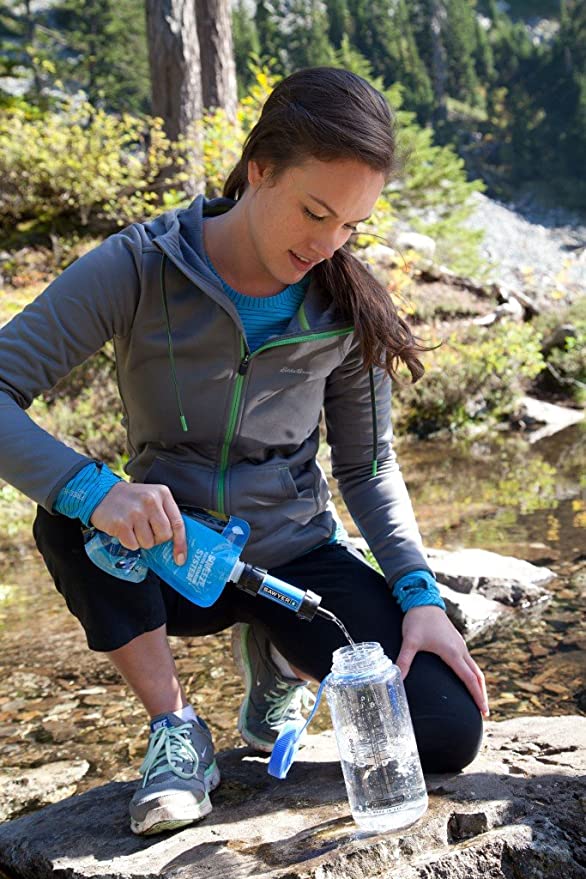
Amazon
Wild water filtration has come into its own in the past couple of decades, thanks to new innovations and smart marketing. There are both pump-action filters and drip filters, the latter of which use gravity to slowly force the water to drip through a filter cartridge for collection. Pump filters are more popular because they can process about a quart or so per minute (times vary) while reducing or eliminating all pathogens, sometimes down to 0.2 microns, to make clean drinking water. They're easy to pack since they don't take up too much room and are very dependable.
5. Survival Straws
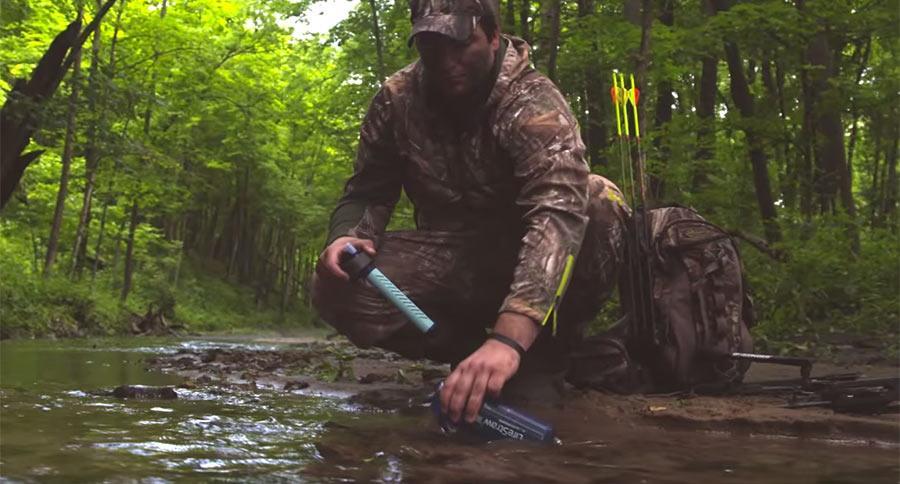
Survival straws are a type of filtration, but are meant to give you water more immediately. The LifeStraw device that we've all become such fans of has stood the test of time and, with over 100,000 reviews, still regularly receives five stars. There is a growing number of good brands out there for the discerning outdoorsman or woman, they are generally quite affordable, and they fit easily into any pack for immediate use.
6. UV Light Water Purifiers
UV light water purification is making its way onto the scene, and for good reason. This type of system is generally meant to kill bacteria, viruses, and protozoa that cause water-borne illnesses, but it can't eliminate larger debris. The best kind can purify a liter of water in just 90 seconds, and the compact, handheld size makes it a cinch to carry with you virtually everywhere you go.
Please check out my book "The Hunter's Way" from HarperCollins. Be sure to follow my webpage or on Facebook and YouTube.
